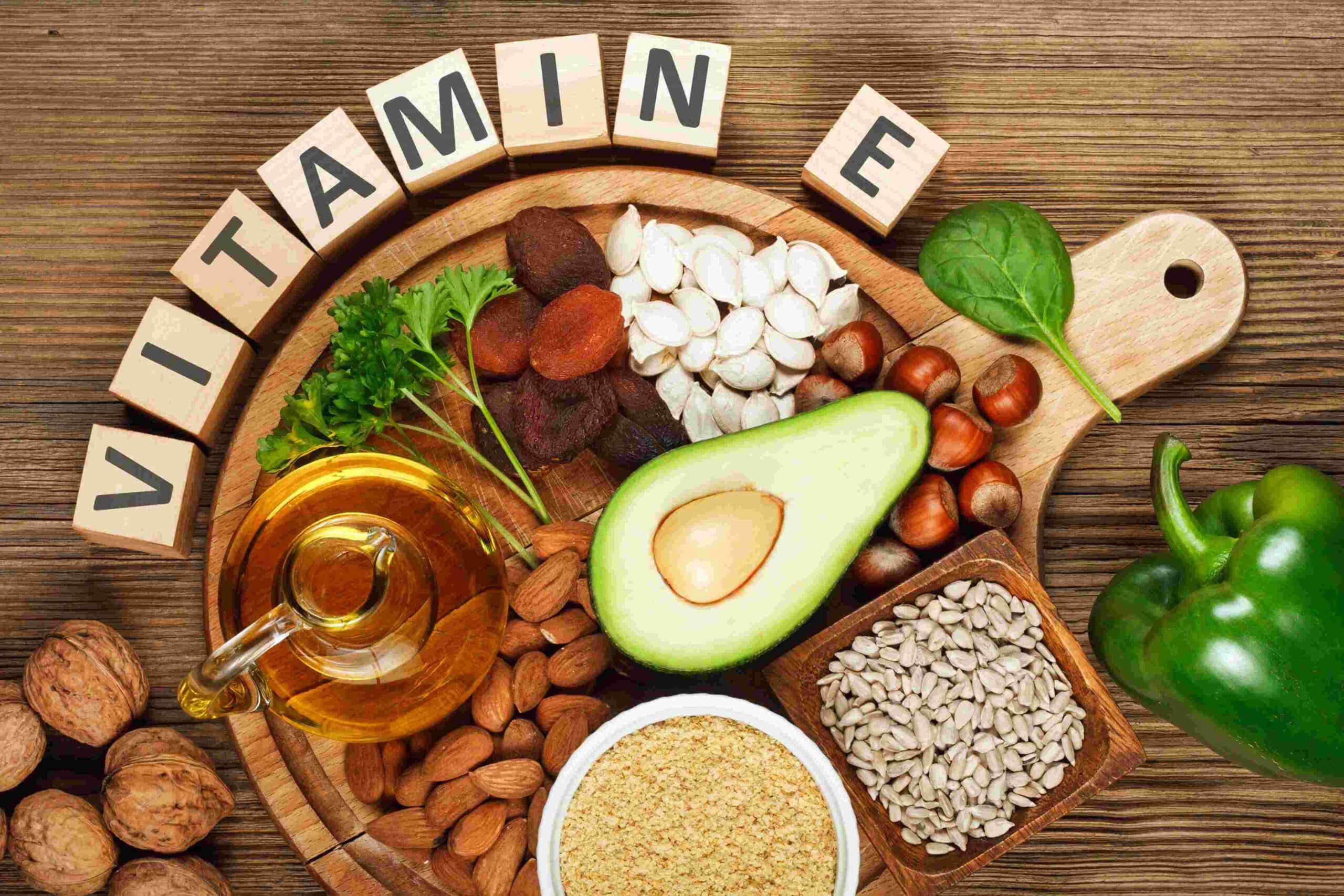Abstract
Objective: The associations of dietary and circulating vitamin E level with metabolic syndrome (MetS) remains conflicting. This meta-analysis of observational study was therefore employed to investigate the issue above. Methods: The PubMed, Web of Science and Embase database were searched up to April 2021. The observational studies on the associations of dietary and circulating vitamin E level with MetS were specified. The pooled relative risk (RR) of MetS for the highest vs. lowest dietary and circulating vitamin E level, and the standard mean difference (SMD) of dietary and circulating vitamin E level for MetS vs. control subjects, were calculated. Results: A total of 25 observational studies with 51,276 participants, were included in this meta-analysis. The overall multi-variable adjusted RR demonstrated that the dietary vitamin E level was inversely associated with MetS (RR = 0.92, 95%CI: 0.85-1.00; P = 0.044). In addition, the dietary vitamin E level in MetS was also lower than that in control subjects according to the overall combined SMD (SMD = -0.08, 95%CI: -0.14 to -0.02; P = 0.024). On the other hand, the overall multi-variable adjusted RR showed no significant relationship between the circulating vitamin E level and MetS (RR = 1.46, 95%CI: 0.85-2.48; P = 0.17). However, the circulating vitamin E level in MetS was lower than that in control subjects according to the overall combined SMD (SMD = -0.58, 95%CI: -1.04 to -0.13; P = 0.013). Conclusions: The results of this meta-analysis suggest that the dietary vitamin E level is inversely associated with MetS. On the other hand, current evidence is still insufficient to conclude a relationship between the circulating vitamin E level and MetS. More well-designed prospective cohort studies are needed to address the issues further.

